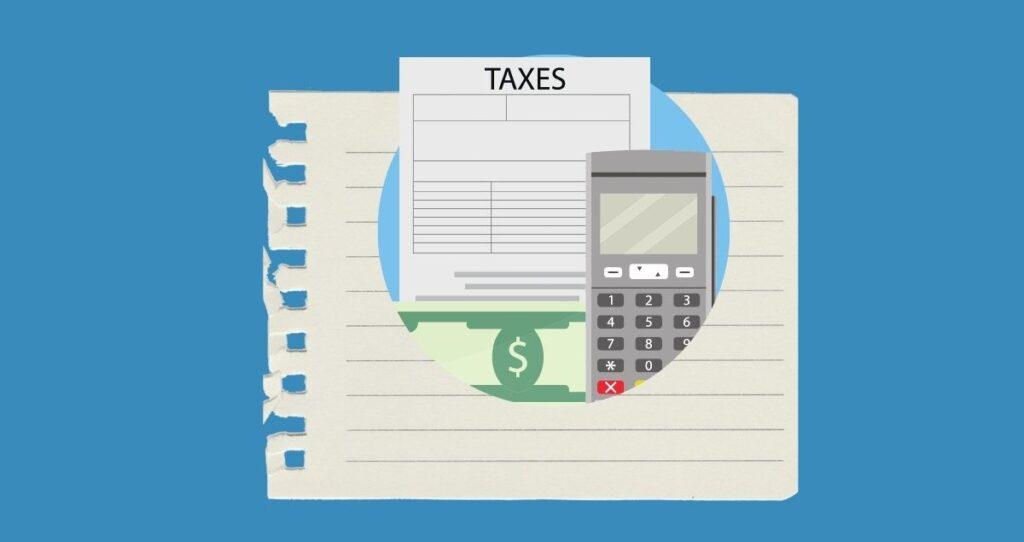Bonds are debt securities offered by governments, corporations, and Municipalities to investors. When you purchase a bond, you lend money to the issuer in exchange for periodic interest payments and the return of the bond’s face value when it matures. There are several types of bonds, each with unique characteristics and implications for investors.
In this article, I will explain the different types of bonds and how you can make money investing in bonds. This is a simple and quick guide for people who know little about bond investing or want to diversify their bond investments.
What are the different types of bonds?
Bond investing is not a new term; you probably heard about it. Most investors hold a small percentage of bonds to diversify their portfolios. The types of bonds each investor buys depend on their investment preferences, risk tolerances, and financial goals. For example, investors who want the security of their money purchase government bonds as they are the most secure than other types of bonds. Those who want to lower their tax liabilities invest their cash in Municipal bonds as these bonds are exempt from state and federal taxes.
Before you pick any bond, you need to know how many types of bonds there are to help you decide which bond matches your investment profile.
The following are the nine types of bonds you should know about if you are interested in bond investing.
1. Government bonds
One of the most commonly known types of bonds is government bonds. National governments issue bonds, generally considered low-risk investments because they are backed by the government’s full faith and credit. These bonds usually offer lower interest rates than other types of bonds.
The U.S. Government offers different marketable securities from which investors can choose. The following is a list of types of bonds the U.S. government provides through the TreasuryDirect website.
- Treasury Bills, or T-bills, are short-term debt obligations the U.S. government offers investors. Their maturity dates range from 4 weeks to 52 weeks. Investors can buy Treasury Bills at face value or a discount.
- Treasury Bonds. In addition to T-bills, the U.S. government offers Treasury Bonds with maturity dates of 20 or 30 years, and investors are paid interest every six months.
- Treasury Inflation-Protected Securities (TIPS). When you invest in TIPS, the principal is adjusted by changes in the Consumer Price Index(CPI). Tips have maturity dates of 5, 10, and 30 years, and they pay interest to investors every six months.
- Treasury Notes. These government securities are offered at 2 to 10 years of maturity and pay interest every six months.
- Floating Rate Notes (FRNs). With FRNs, the interest increases or decreases based on the discount rates of 13 weeks of T-bills. These debt securities are issued with 2-year terms, and investors receive interest quarterly.
- Separate Trading of Registered Interest and Principal of Securities (STRIPS). With STRIPS, investors can trade individual interest and the principal components of eligible Bonds, Notes, and TIPS separately.
Learn more about the U.S. government bonds and how to buy each type of government bond.
2. Municipal bonds(Munis)
Unlike government bonds offered by federal governments, Municipal bonds are issued by states, cities, or other local governmental entities. The main attraction of these bonds is that the interest income is often exempt from federal income tax and, in some cases, state and local taxes.
Buying Municipal bonds means lending money to the local government in exchange for regular interest payments, usually semi-annually. When the bond matures, the issuer returns your original principal deposit. According to Investor.gov, there are two common types of municipal bonds.
- Revenue bonds. With these types of Munis, the issuers do not pay them off by taxing their residents. Instead, the issuer pays off the bonds using revenues from projects such as lease fees and highway trolls.
- General obligation. These types of Munis are not secured by assets but by the issuer’s full faith and creditworthiness. With these bonds, the issuer relies on its power to tax residents to pay debt obligations.
3. Corporate bonds
Corporate bonds are debt obligations issued by different companies. Buying corporate bonds means lending money to the corporation issuing the bond in exchange for a regular interest payment and a return on the principal when the bond matures.
Issued by companies, corporate bonds tend to offer higher interest rates compared to government and municipal bonds because companies are more likely to default on their loans than governments. Corporate bonds are classified into short-term, medium-term, and long-term.
The best way to understand corporate bonds is to compare them with their stocks. Buying stock means you own a share of the company and will receive dividend payouts. But, if the company goes bankrupt, you don’t continue to receive dividends. On the other hand, when you buy bonds, the company must pay you regular interest and the return on the principal until maturity. If the company fails, you will have a claim on its assets.
Similarly to other types of bonds, buying corporate bonds comes with many risks, including inflation, interest rate, liquidity, and credit default risks.
To minimize the risk of owning corporate bonds, investors should focus on high-grade bonds, also known as investment bonds, issued by companies with good creditworthiness. Investment bonds usually have AAA ratings from S&P and Fitch or Aaa by Moody’s. Here are extra resources on bond ratings.
4. Agency bonds
Agency bonds are bonds issued by government-sponsored enterprises (GSEs) or government departments other than the Treasury. While the government does not fully guarantee these bonds, they are considered low-risk investments as the risk of defaulting on them is lower than that of corporate bonds.
Investing in agency bonds can help diversify your portfolio while maintaining low inflation and credit default risk. Common agency bonds include the Federal National Mortgage Association( Fannie Mae), the Federal Home Loan Mortgage Corporation (FreddieMac), the Federal Farm Credit Banks, and the Federal Home Loan Banks.
5. Zero-coupon bonds
By default, you get paid interest when you invest in bonds. While most bonds pay interest rates, some don’t pay interest during the bond’s lifetime. These bonds are known as Zero Coupon Bonds.
In simple terms, zero coupon bonds are types of bonds investors purchase at a discount to their face value and do not pay any interest. Instead, they are redeemed at their face value upon maturity. For example, if a bond’s face value is $1,000, you can buy it for $800 and receive $1,000 at maturity. Usually, zero coupon bonds have long-term maturity dates, which can help you save for long-term financial goals such as a college savings account.
Various institutions, including governments, corporations, local governments, and cities, issue zero-coupon bonds. Like corporate bonds, they can be purchased from a secondary market.
6. Foreign bonds
Foreign bonds are issued by foreign governments or corporations in the currency of the investor’s home country. They carry the risks of exchange rate fluctuations, political, economic, liquidity, and credit risks. Foreign bonds can be purchased from major brokerage firms such as Fidelity, TD Ameritrade, or Charles Schwab.
Investors usually buy foreign bonds to diversify their portfolios and maximize their return on investment. These bonds offer opportunities for higher yields and currency appreciation.
7. Junk bonds
Also known as high-yield bonds, corporations issue junk bonds with low credit ratings. They are risky due to the issuer’s higher credit default risks but potentially offer higher returns. The best way to understand junk bonds is to compare them with consumer ratings.
A borrower with bad credit pays a higher interest rate on loans and credit cards because the risk of defaulting on the loans is also higher. Since bonds are a means for companies to raise money, buying bonds means lending money to the bond issuer in exchange for interest payment and the return of the principal. Companies with low credit ratings must pay higher interest rates on bonds they issue as the risk of defaulting on their loans is also higher.
According to Fidelity, junk ratings are bonds with rates of Ba1/BB+ and lower, while investment bonds are those with Baa3/BBB- or higher. Before you buy junk bonds, you must evaluate your risk tolerance and financial goals, as the risk they carry can negatively impact your portfolio.
8. Callable bonds
Callable bonds are a type of debt security that allows the issuer the right to redeem the bond at a predetermined price before the bond’s maturity date. It is like a traditional bond that pays investors a fixed interest over a specified period. However, it differs because the issuer can repay the bond, paying off the principal amount before the agreed expiration date.
This typically happens when market interest rates fall, allowing the issuer to refinance its debt at a cheaper rate. Although this benefits the issuer, it poses a reinvestment risk for the bondholders who cannot reinvest their returned principal at the same rate. For this reason, callable bonds often offer a higher annual yield than non-callable bonds to compensate for this risk.
9. Convertible bonds
Convertible bonds are a type of investment product corporations offer to their investors. These bonds combine the features of bonds and stocks. As bonds, they pay regular interest to their holders and repay the principal at maturity.
However, what makes these bonds unique is their convertibility feature. Before the bond’s maturity, you can convert it into a predetermined number of stock shares of the issuing company. This allows you to benefit from the company’s growth and profit if the stock price appreciates.
Convertible bonds present a blend of debt and equity features, making them a versatile and potentially lucrative investment option. They can be an attractive alternative for investors seeking a balance between risk and reward. However, like all investments, convertible bonds come with risks, and investors must understand them before investing.
More investing tips
How do you buy bonds step by step?








